Brontë Hall-Fernandez
Adam Kan Bella Carvell-Coles Cameron McLeod Cameron Murray Cole Anderson Corey Matheson Enzo Gordon Ian Smith Jack Johansson Joel Martin Joji Dell Josh Henshaw Kaiyu Li Karson Burns Mae Rose-Wills Mark Morris Megan Uttley Rebbeca McCulloch Ruby Keegan Rupert Shepherd Sarina Oetgen Theo Jones Will Hadfield
Tei
Credits
-
Tauira / Students
Adam Kan, Bella Carvell-Coles, Cameron McLeod, Cameron Murray, Cole Anderson, Corey Matheson, Enzo Gordon, Ian Smith, Jack Johansson, Joel Martin, Joji Dell, Josh Henshaw, Kaiyu Li, Karson Burns, Mae Rose-Wills, Mark Morris, Megan Uttley, Rebbeca McCulloch, Ruby Keegan, Rupert Shepherd, Sarina Oetgen, Theo Jones, Will Hadfield -
Kaitautoko / Contributor
Michael Fleetwood-Jones -
Kaiako / Lecturer
Rodney Adank
-
School
Massey University College of Creative Arts
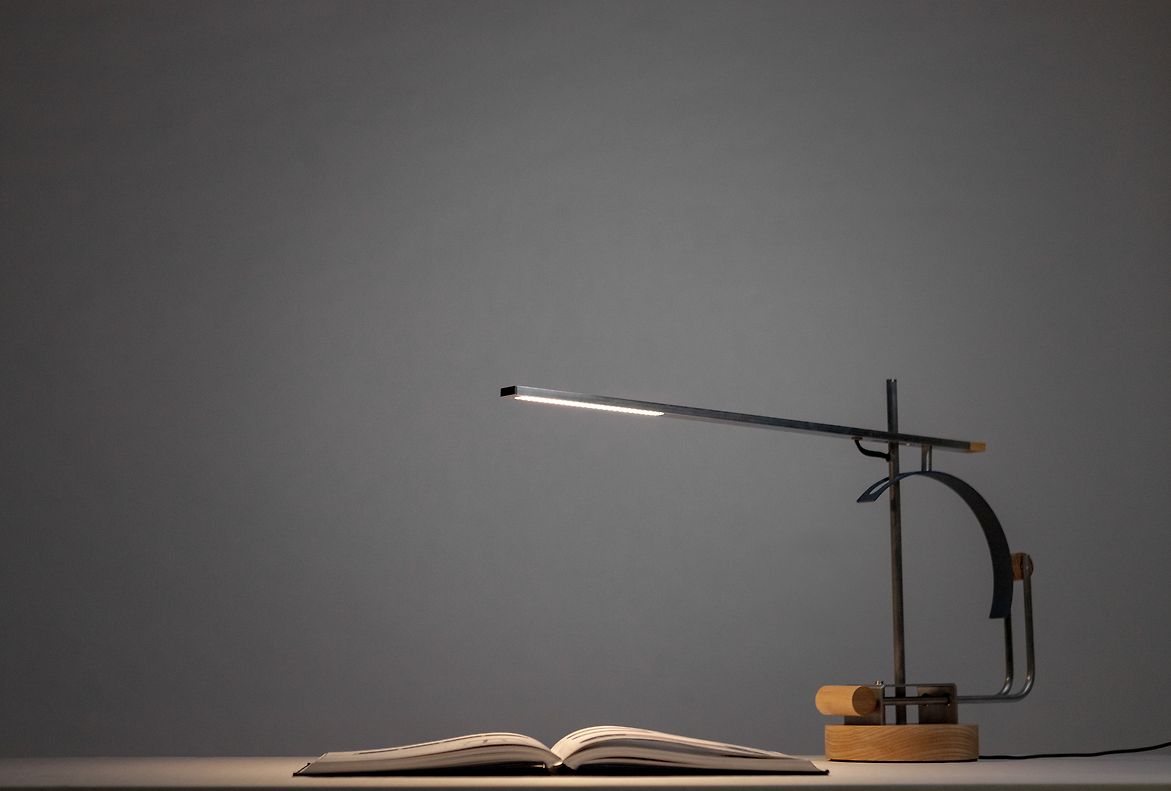
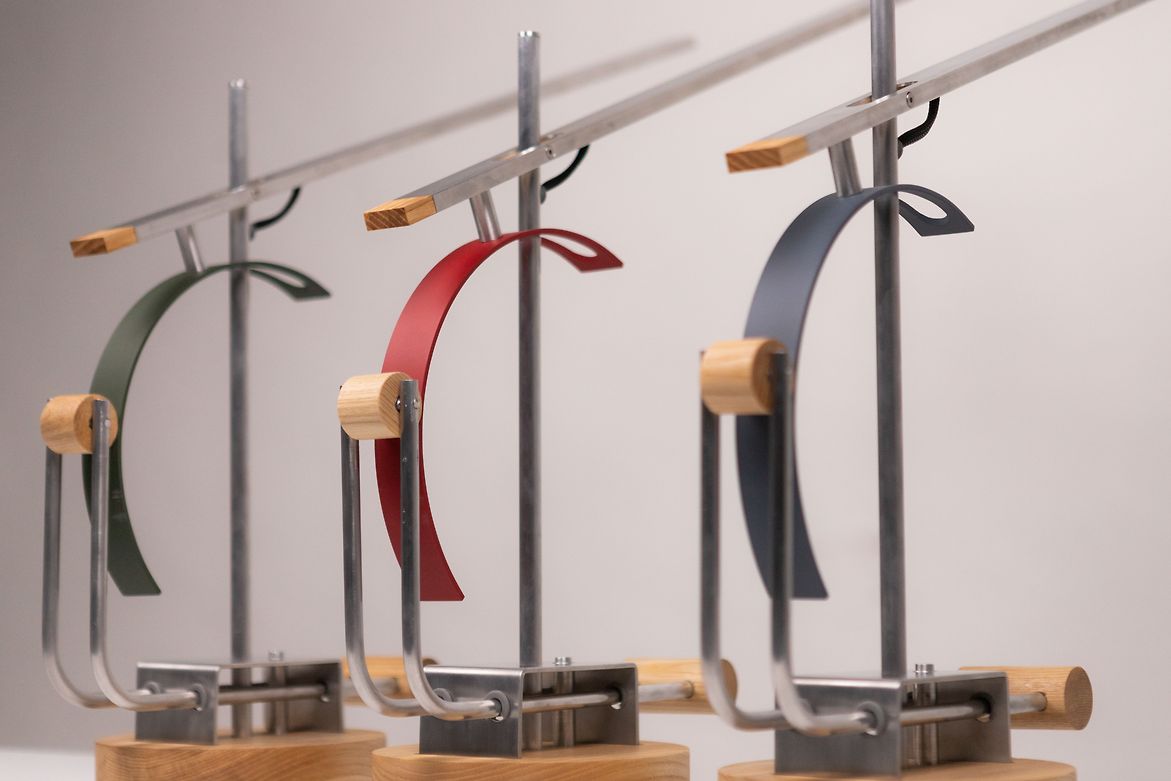
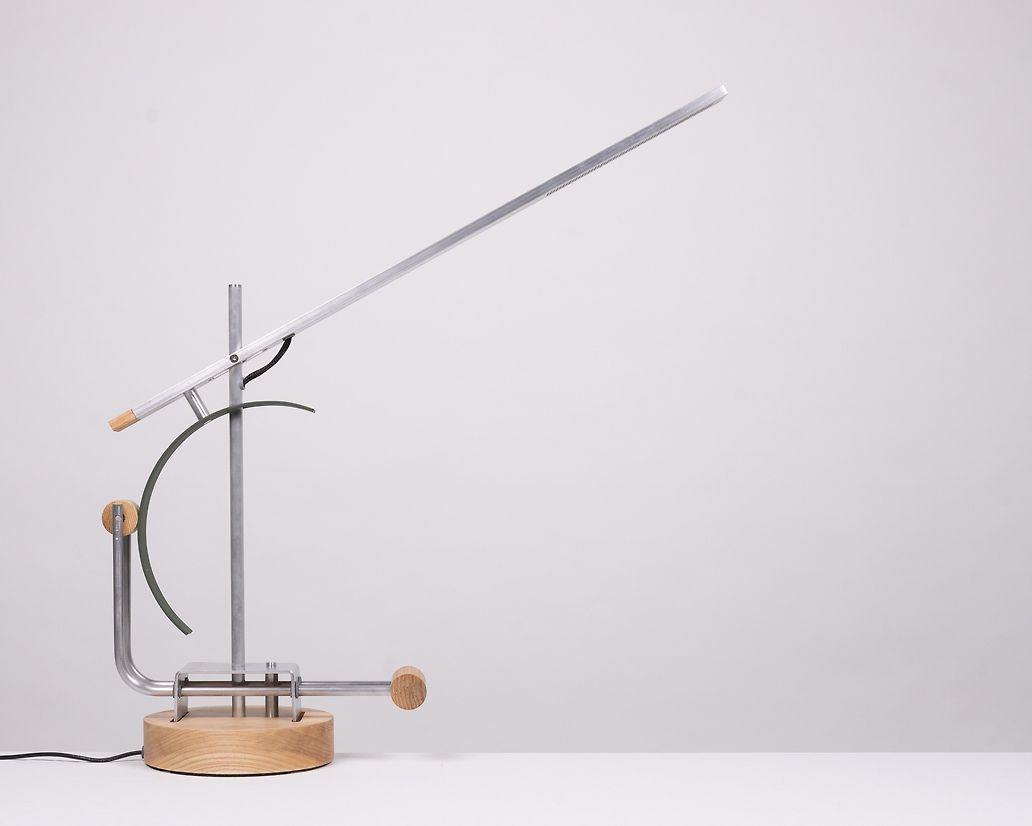
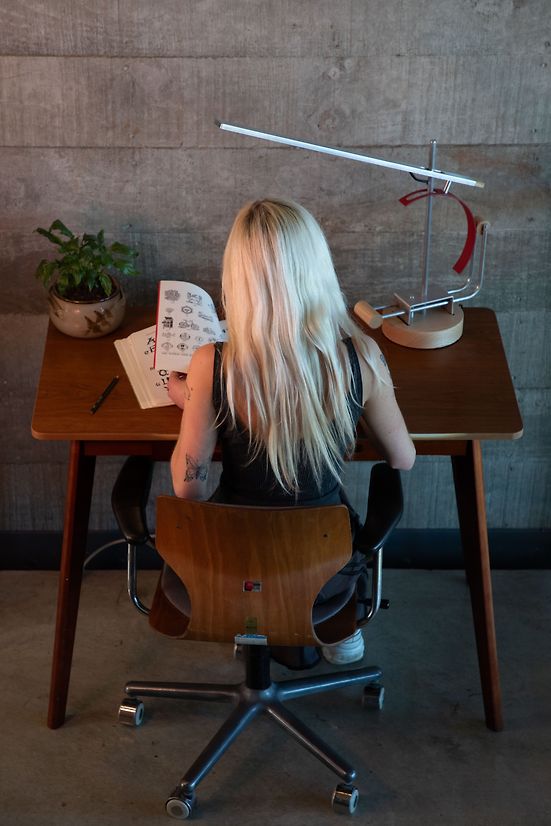
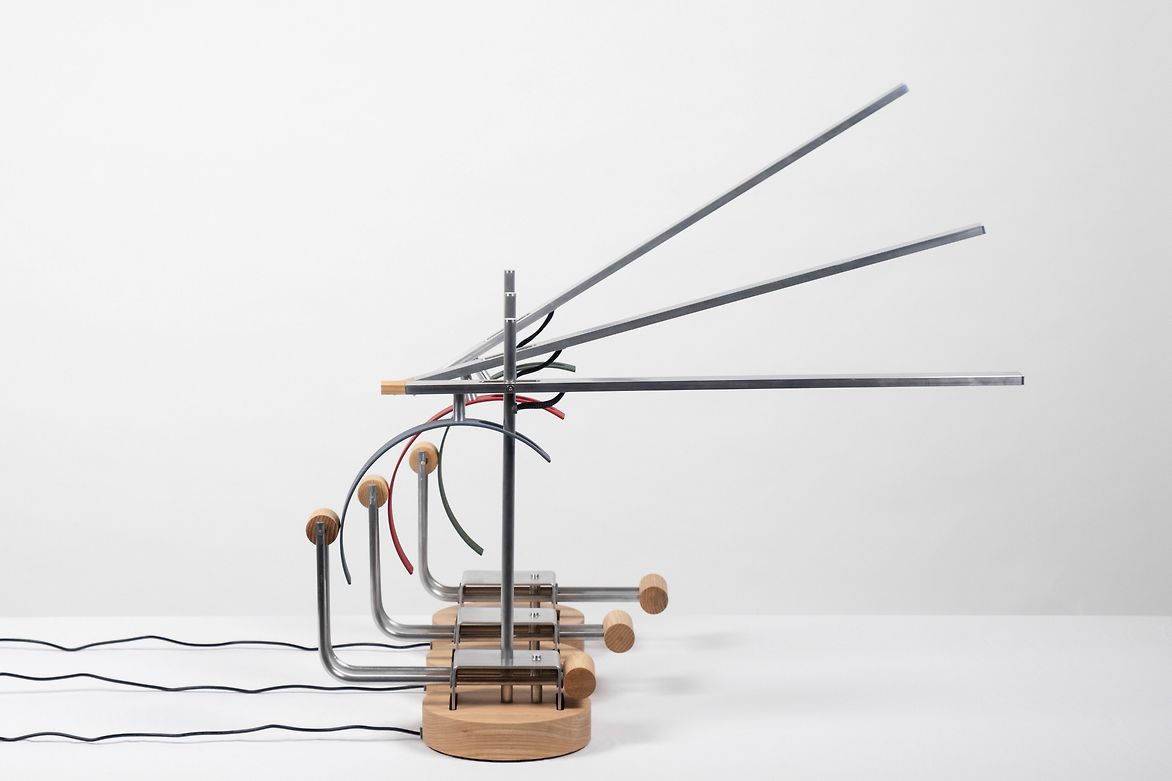
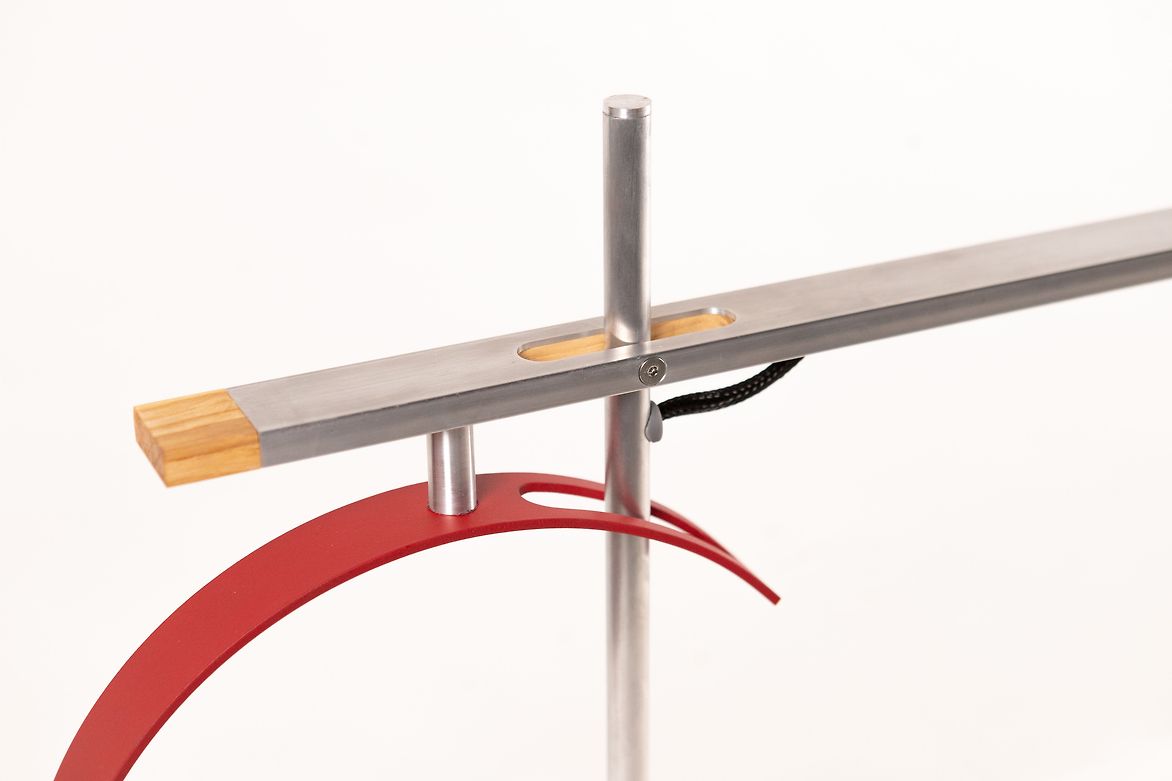
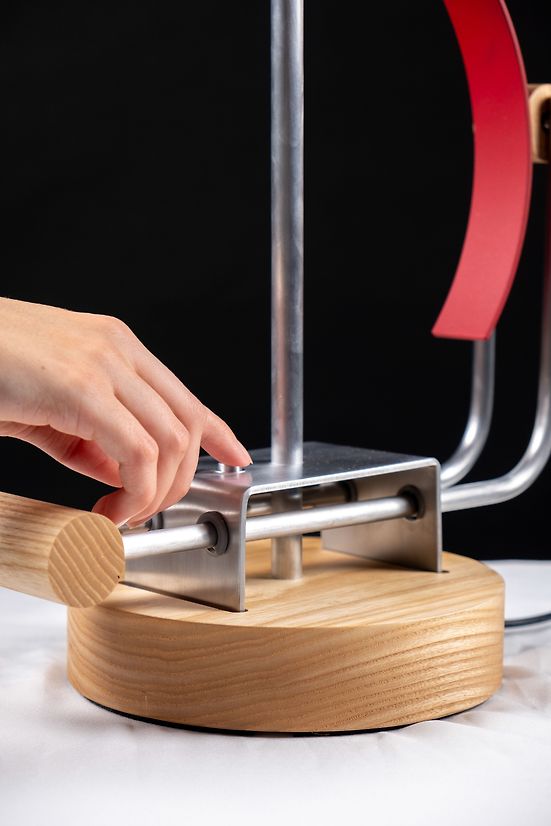
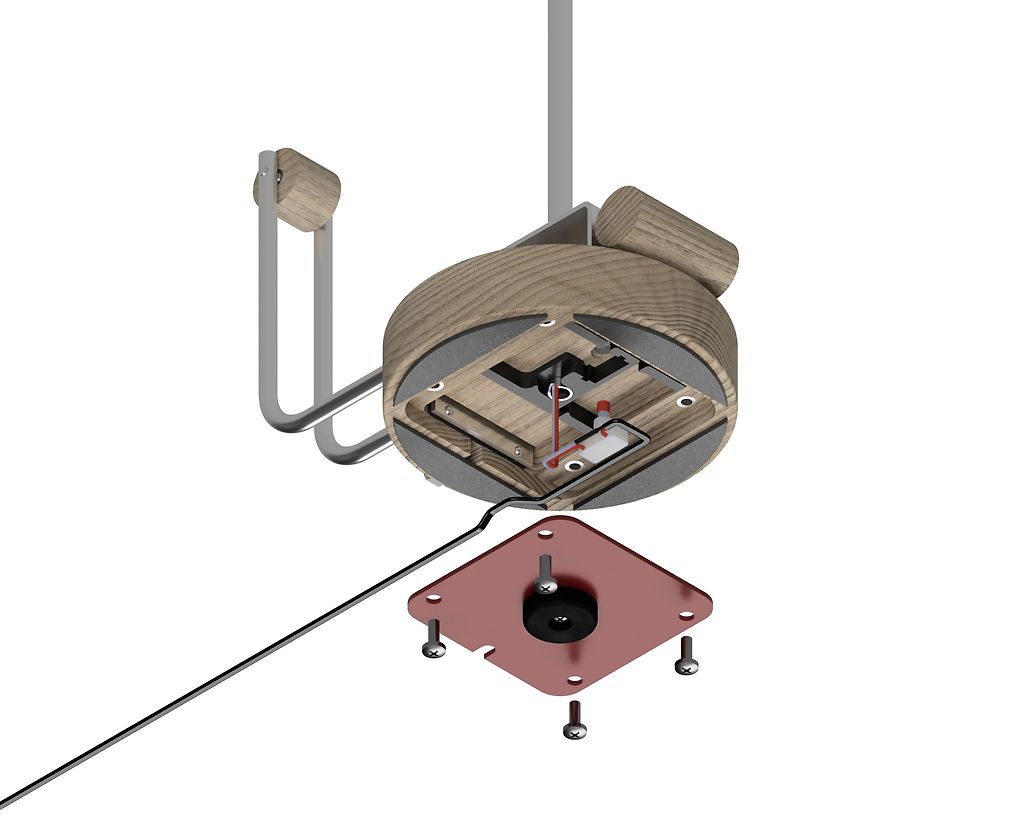
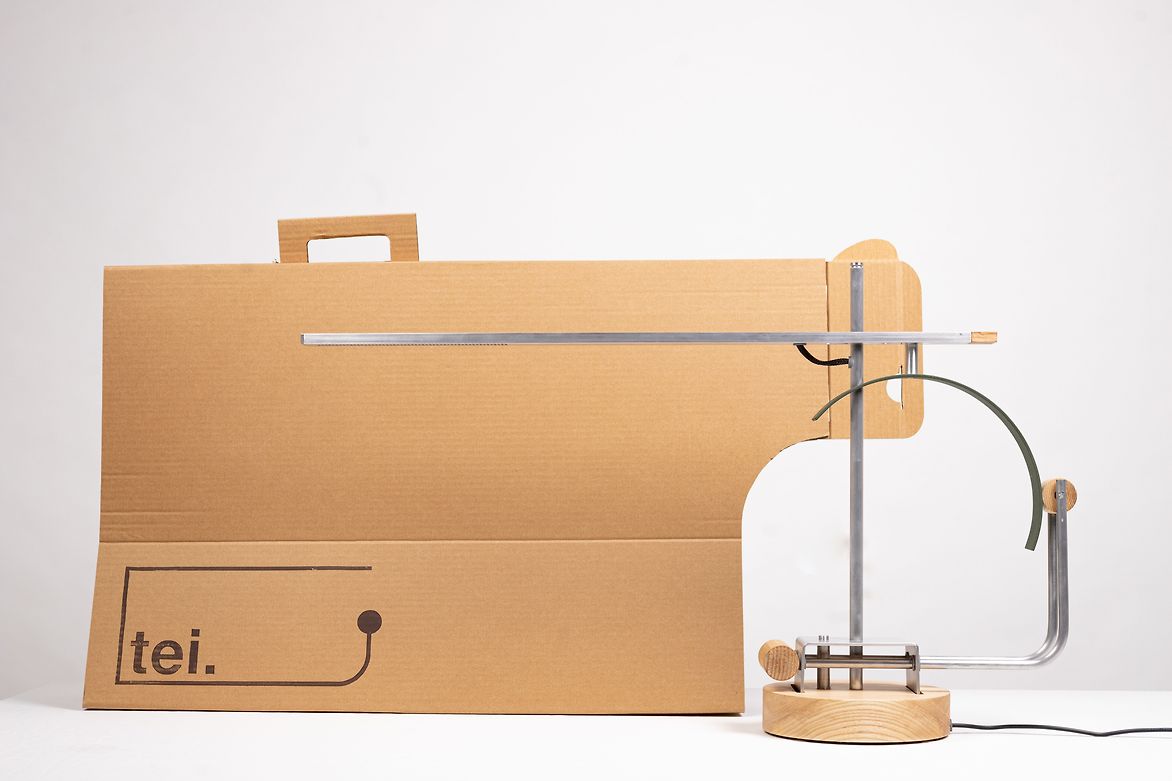
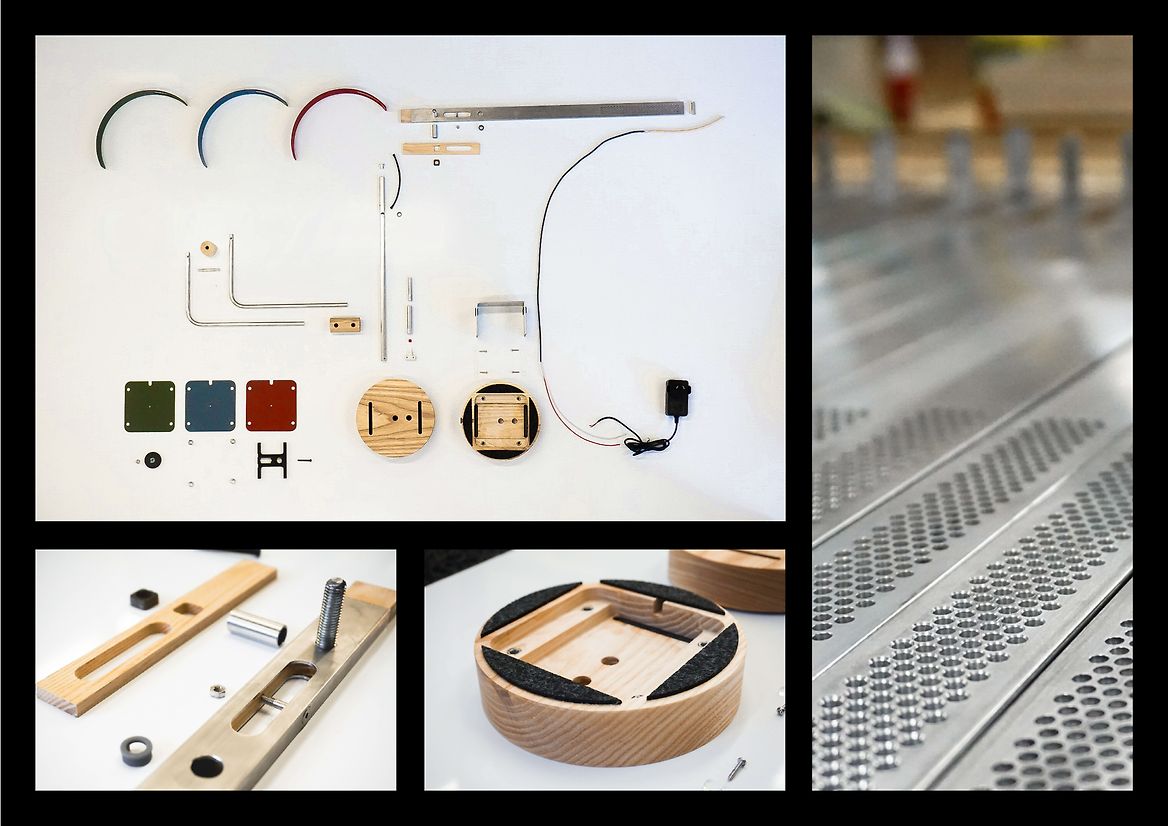
Description:
Tei is a task lamp inspired by the Bauhaus movement principle of truth to function, through form. This lamp is a product of collaboration, from a class of 24 and was realised through an iterative process of visualisation, prototyping, screening and continual design review. The final resolved design was then manufactured, in a batch production of 28 identical lamps, boxed and ready for commercial release.
The lamp’s distinctive form and heterogeneous architecture provides a performative quality to the lamp's adjustment: the push of the adjusting handle, the rotation of a roller across an arc of travel, raising and lowering the lighting element. A curiosity and delight in the transfer of motion is experienced.
The tactility of lamp operation is assisted by materiality. American ash provides a complementary pairing with aluminium extrusions. The components are accentuated by an arc of painted steel, for which three colourways were selected to imbue personality. Steel was used for its weight density to balance the cantilevered light source, with a light aesthetic touch. The light is activated by a button placed just above the handle, thus all contact points are within reach of each other.
Tei is comfortable in its geometric arrangement through careful consideration of line weight and proportion. Inspiration was drawn from graphic design with its two-dimensional layering of form.
A commitment to longevity was part of Tei’s design strategy. Construction is clear to understand and so disassembly for repair is intuitive. This strategy supported economical batch manufacturability, allowing the ability to change out or replace components without rendering the product damaged, or unrecoverable.